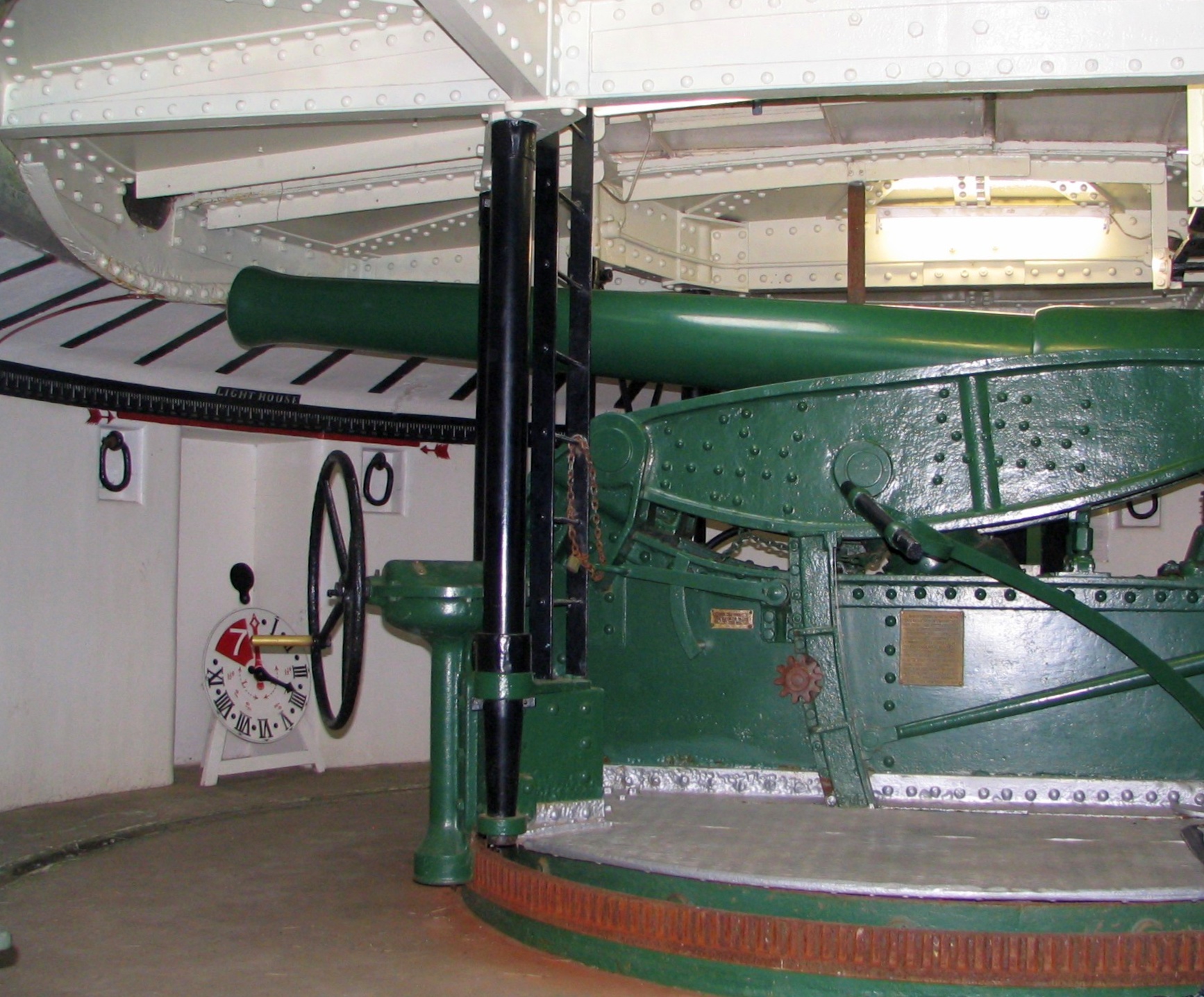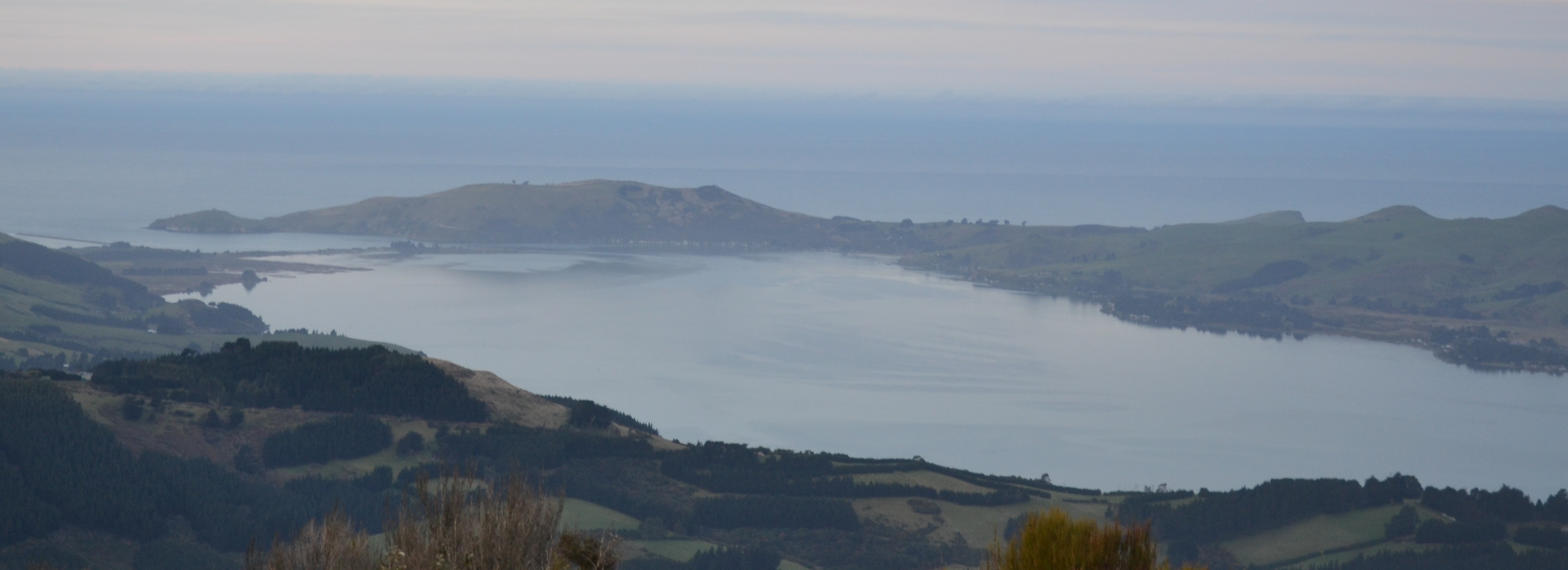Taiaroa Head on:
[Wikipedia]
[Google]
[Amazon]
Taiaroa Head is a headland at the end of the
 The headland is named for
The headland is named for
 A small beach, Pilots Beach, is located just inside the harbour entrance to the south of the head, and many forms of marine life, such as
A small beach, Pilots Beach, is located just inside the harbour entrance to the south of the head, and many forms of marine life, such as  There may also be seen a number of
There may also be seen a number of
Royal Albatross Centre
{{Coord, 45, 46, 30, S, 170, 43, 40, E, display=title Otago Peninsula Forts in New Zealand Headlands of Otago Tourist attractions in Dunedin Protected areas of Otago
Otago Peninsula
The Otago Peninsula ( mi, Muaūpoko) is a long, hilly indented finger of land that forms the easternmost part of Dunedin, New Zealand. Volcanic in origin, it forms one wall of the eroded valley that now forms Otago Harbour. The peninsula lies sou ...
in New Zealand
New Zealand ( mi, Aotearoa ) is an island country in the southwestern Pacific Ocean. It consists of two main landmasses—the North Island () and the South Island ()—and over 700 smaller islands. It is the sixth-largest island count ...
, overlooking the mouth of the Otago Harbour
Otago Harbour is the natural harbour of Dunedin, New Zealand, consisting of a long, much-indented stretch of generally navigable water separating the Otago Peninsula from the mainland. They join at its southwest end, from the harbour mouth. It ...
. It lies within the city limits of Dunedin
Dunedin ( ; mi, Ōtepoti) is the second-largest city in the South Island of New Zealand (after Christchurch), and the principal city of the Otago region. Its name comes from , the Scottish Gaelic name for Edinburgh, the capital of Scotland. Th ...
. The nearest settlement, Otakou
Otakou ( mi, Ōtākou ) is a settlement within the boundaries of the city of Dunedin, New Zealand. It is located 25 kilometres from the city centre at the eastern end of Otago Peninsula, close to the entrance of Otago Harbour. Though a small f ...
, lies three kilometres to the south.
The cape is home to a lighthouse, built in 1864, and a colony of over 100 northern royal albatross
The northern royal albatross or toroa, (''Diomedea sanfordi''), is a large seabird in the albatross family. It was split from the closely related southern royal albatross as recently as 1998, though not all scientists support that conclusion and ...
es, which established itself in 1919 – the only such colony on an inhabited mainland. There is also the Royal Albatross Centre.
History
 The headland is named for
The headland is named for Te Mātenga Taiaroa Te Mātenga Taiaroa ( 1795 – 2 February 1863) was a leader of Ngāi Tahu, a Māori iwi (tribe) of the South Island of New Zealand. Taiaroa belonged to Ngāi Te Ruahikihiki and Ngāti Moki hapū of Ngāi Tahu, which were centred on Taumutu, a ...
, a 19th-century Māori
Māori or Maori can refer to:
Relating to the Māori people
* Māori people of New Zealand, or members of that group
* Māori language, the language of the Māori people of New Zealand
* Māori culture
* Cook Islanders, the Māori people of the C ...
chief of the Ngāi Tahu
Ngāi Tahu, or Kāi Tahu, is the principal Māori (tribe) of the South Island. Its (tribal area) is the largest in New Zealand, and extends from the White Bluffs / Te Parinui o Whiti (southeast of Blenheim), Mount Mahanga and Kahurangi Poi ...
iwi
Iwi () are the largest social units in New Zealand Māori society. In Māori roughly means "people" or "nation", and is often translated as "tribe", or "a confederation of tribes". The word is both singular and plural in the Māori language, an ...
. Pukekura, a significant Māori pā was located on the headland, having been established about 1650 and still occupied by Māori in the 1840s. It is associated with a daring warrior called Tarewai who was active in the 18th century. Pilot's Beach was formerly known as 'Hobart Town Beach' from the whaling tryworks established there in 1836 by the Weller brothers
The Weller brothers, Englishmen of Sydney, Australia, and Otago, New Zealand, were the founders of a whaling station on Otago Harbour and New Zealand's most substantial merchant traders in the 1830s.
Immigration
The brothers, Joseph Brooks (1802� ...
employing men from Hobart. Previously it was called 'Measly Beach' from its being a place where Māori went to bathe when afflicted by a measles epidemic in 1835.
Historically, several commercial whaling stations
Whaling is the process of hunting of whales for their usable products such as meat and blubber, which can be turned into a type of oil that became increasingly important in the Industrial Revolution.
It was practiced as an organized industry ...
established on the peninsula and the number of whales in this area were heavily exploited.
Ruins of former coastal defences
Coastal management is defence against flooding and erosion, and techniques that stop erosion to claim lands. Protection against rising sea levels in the 21st century is crucial, as sea level rise accelerates due to climate change. Changes in s ...
are located nearby, notably a restored Armstrong disappearing gun
A disappearing gun, a gun mounted on a ''disappearing carriage'', is an obsolete type of artillery which enabled a gun to hide from direct fire and observation. The overwhelming majority of carriage designs enabled the gun to rotate back ...
emplacement built in 1886 following a scare that New Zealand might be invaded by the Russians.
Wildlife
New Zealand fur seals
''Arctocephalus forsteri'' ( common names include the Australasian fur seal, South Australian fur seal, New Zealand fur seal, Antipodean fur seal, or long-nosed fur seal) is a species of fur seal found mainly around southern Australia and New ...
and Hooker's sea lions are often to be seen.
At Pilots beach is the largest colony of little or blue penguins remaining on the Otago Peninsula. Nearby are important breeding habitats of the threatened yellow-eyed penguin
The yellow-eyed penguin (''Megadyptes antipodes''), known also as hoiho or tarakaka, is a species of penguin endemic to New Zealand.
Previously thought closely related to the little penguin (''Eudyptula minor''), molecular research has shown it ...
.
 There may also be seen a number of
There may also be seen a number of dusky dolphin
The dusky dolphin (''Lagenorhynchus obscurus'') is a dolphin found in coastal waters in the Southern Hemisphere. Its specific epithet is Latin for "dark" or "dim". It is very closely genetically related to the Pacific white-sided dolphin, b ...
s, orcas
The orca or killer whale (''Orcinus orca'') is a toothed whale belonging to the oceanic dolphin family, of which it is the largest member. It is the only extant species in the genus ''Orcinus'' and is recognizable by its black-and-white pat ...
and migratory large whale
Whales are a widely distributed and diverse group of fully aquatic placental marine mammals. As an informal and colloquial grouping, they correspond to large members of the infraorder Cetacea, i.e. all cetaceans apart from dolphins and ...
s such as southern rights
Southern may refer to:
Businesses
* China Southern Airlines, airline based in Guangzhou, China
* Southern Airways, defunct US airline
* Southern Air, air cargo transportation company based in Norwalk, Connecticut, US
* Southern Airways Express, M ...
and humpbacks. Their sightings in these areas are on the increase and Taiaroa Head may be one of the best vantage points along the Otago coast. The part of Taiaroa Head where northern royal albatrosses breed is managed by the NZ Department of Conservation
An environmental ministry is a national or subnational government agency politically responsible for the environment and/or natural resources. Various other names are commonly used to identify such agencies, such as Ministry of the Environment ...
as a nature reserve with restricted entry. On adjacent land the Otago Peninsula Trust manage a visitor centre and run guided tours into the Nature Reserve. Pilots Beach is managed as a recreation reserve by the Dunedin City.
Royal albatross colony
The first albatross egg at the head was discovered in 1919, although it was not until 1938 that ornithologist Dr Lance Richdale saw the first live fledging. Since they first successfully raised a chick at Taiaroa Head, royal albatross numbers have increased due to intensive management by reserve rangers. As time has progressed intensive wildlife husbandry methods such as are found in any threatened species programme have been developed and refined. The one important difference has been that both the adults and progeny are not held in captivity but at wild and in the case of the adults leave the colony each day while raising chicks to gather food. Intensive methods include predator control for cats, ferrets, stoats and weasels. Also in the early 1990s a new blowfly arrived and caused the death of a number of chicks by laying eggs in them while the chick was still attempting to hatch. Removing eggs from young or inexperienced parents has also occurred with these eggs being hatched in brooders.Notes
References
* Dann, C. & Peat, N. (1989). ''Dunedin, North and South Otago''. Wellington, NZ: GP Books. . * Entwisle, Peter (1998). ''Behold the Moon the European Occupation of the Dunedin District 1770–1848''. Dunedin, NZ: Port Daniel Press. . * Herd, J. & Griffiths, G. J. (1980). ''Discovering Dunedin''. Dunedin, NZ: John McIndoe. .Further reading
*External links
Royal Albatross Centre
{{Coord, 45, 46, 30, S, 170, 43, 40, E, display=title Otago Peninsula Forts in New Zealand Headlands of Otago Tourist attractions in Dunedin Protected areas of Otago